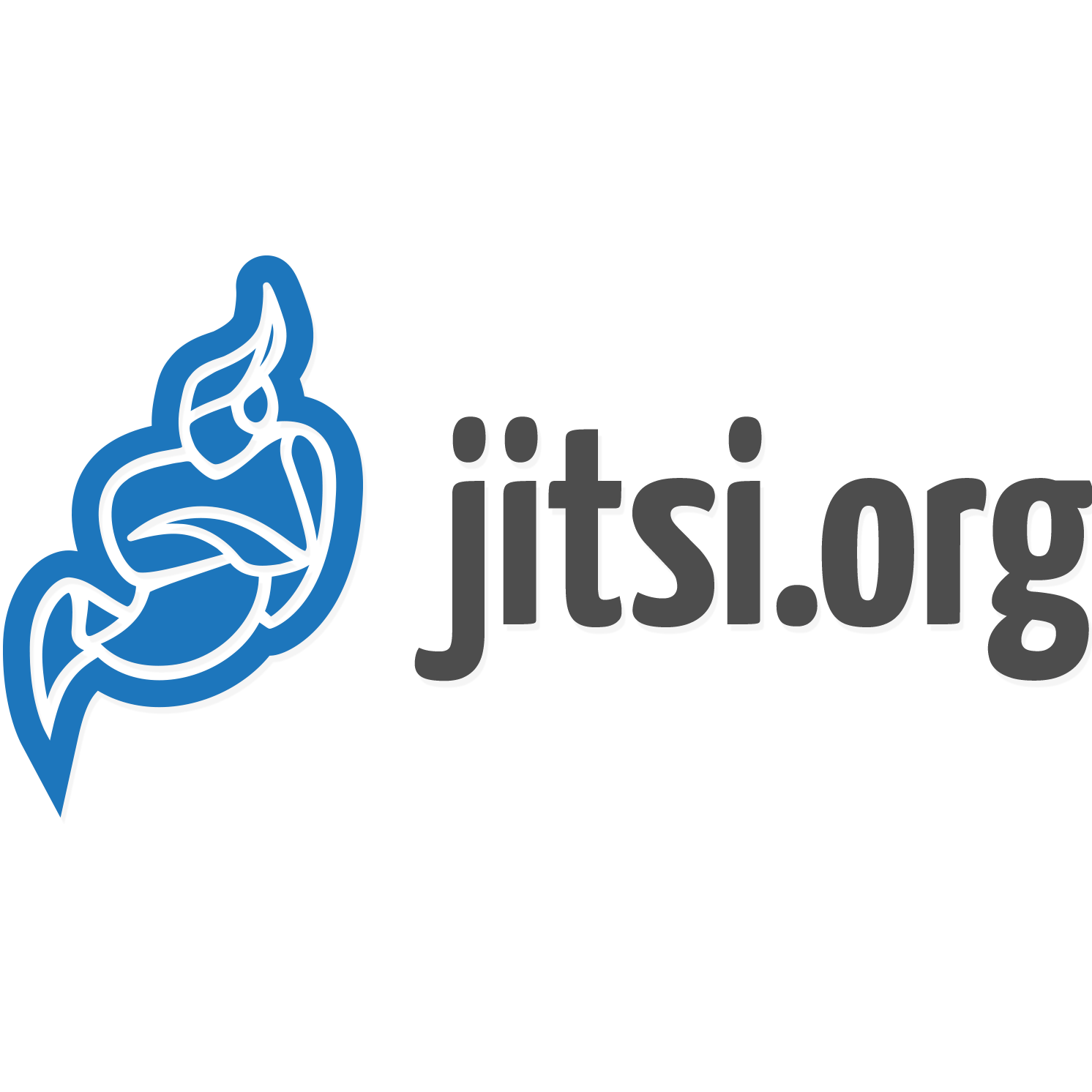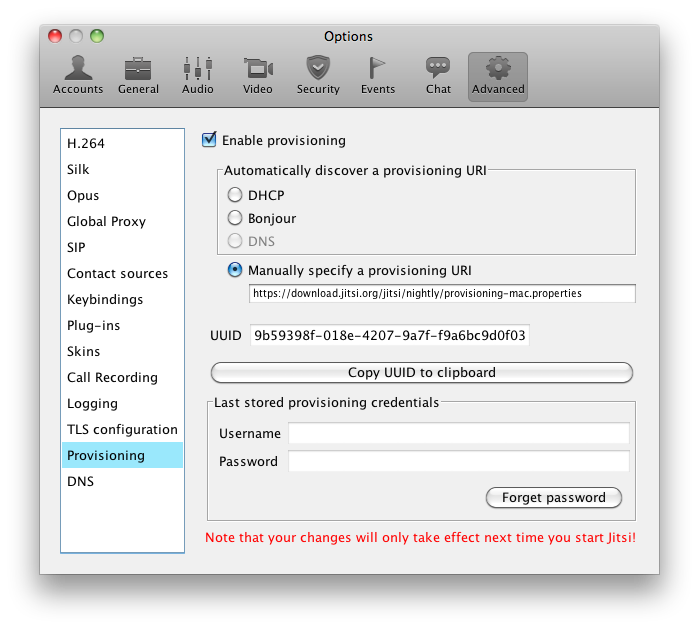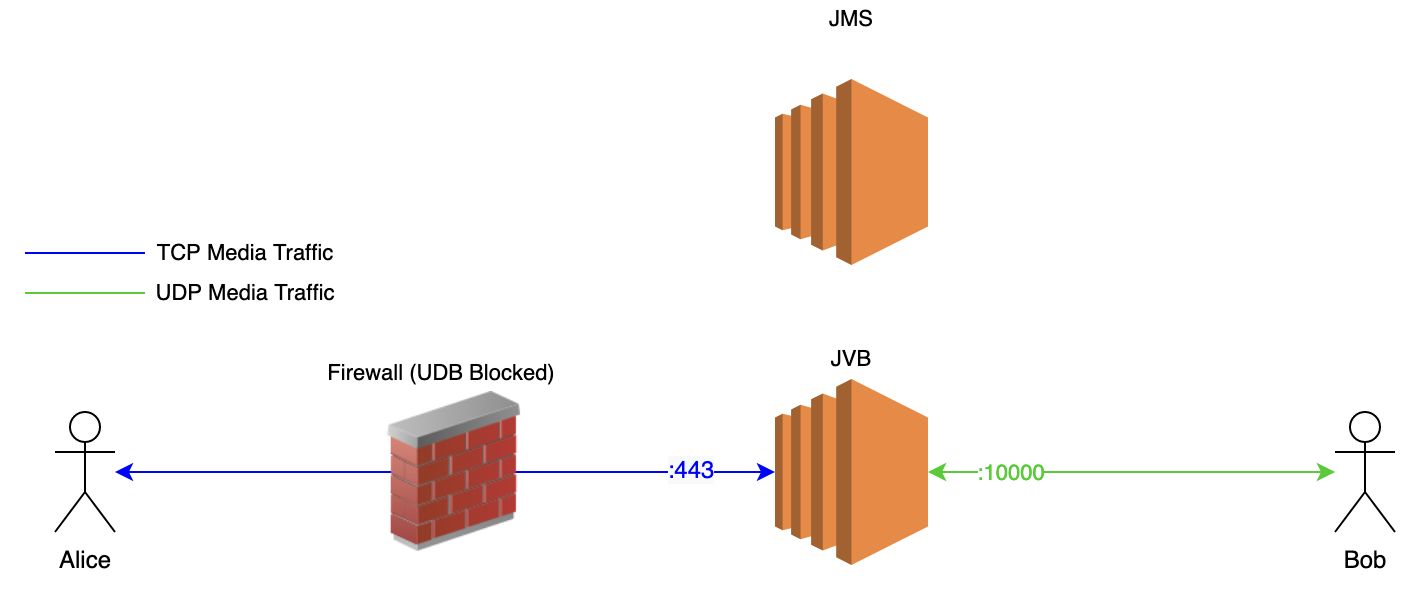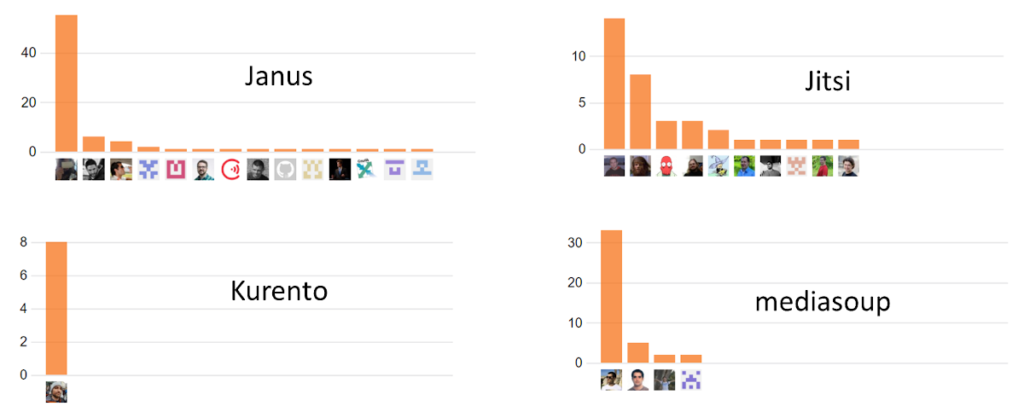MeetrixIO is a well experienced company with WebRTC related technologies.We provide commercial support for Jitsi Meet, Kurento, OpenVidu, BigBlue Button, Coturn Server and other webRTC related opensource projects.
Jitsi Videobridge and WebRTC. The shoulder of giants as they say this user's web RTC which is an open standard it uses other servers like prosody for example uses. For example, next time you'd like to have a coffee with someone over video, rather than going for meet.jit.si/coffee, try something with more of a twist. Or via the Jitsi Videobridge (JVB). This is transparent to the user. P2P mode is only used for 1-to-1 meetings. Since Jitsi is built on top of WebRTC. Jvb: Jitsi Videobridge, the video router. Jigasi: Jigasi, the SIP (audio only) gateway. Etherpad: Etherpad, shared document editing addon. Jibri: Jibri, the broadcasting infrastructure. Design considerations. Jitsi Meet uses XMPP for signaling, thus the need for the XMPP server.
Jitsi Video Bridge Webrtc Example Video
If you are looking for Jitsi Meet, the WebRTC compatible video conferencing product click here. WebRTC supports resolving a domain name to get the TURN server address, which makes it easy to select a local TURN server based on DNS, for example by using AWS Route53's routing options. However, when a conference has more participants routed through a centralized media server the situation is much more complex.


One of the amazing features in Jitsi Meet is the inbuilt horizontal scalability.When you want to cater large number of concurrent users, you can spin up multiple video bridges to handle the load.If we setup mulple video bridges and connect them to the same shard, Jicofo, the conference manager selects the least loaded Videobridge for the next new conference.
Jitsi Video Bridge Webrtc Example Program
Run Prosody on all interfaces
By default prosody runs only on local interface (127.0.0.0), to allow the xmpp connections from external servers, we have to run prosody on all interfaces. To do that, add the following line at the beginning of /etc/prosody/prosody.cfg.lua
Allow inbound traffic for port 5222
Open inbound traffic from JVB server on port 5222 (TCP) of Prosody server. But DO NOT open this publicly.
Jitsi Videobridge Webrtc Example

Jitsi Videobridge Windows

Jitsi Videobridge and WebRTC. The shoulder of giants as they say this user's web RTC which is an open standard it uses other servers like prosody for example uses. For example, next time you'd like to have a coffee with someone over video, rather than going for meet.jit.si/coffee, try something with more of a twist. Or via the Jitsi Videobridge (JVB). This is transparent to the user. P2P mode is only used for 1-to-1 meetings. Since Jitsi is built on top of WebRTC. Jvb: Jitsi Videobridge, the video router. Jigasi: Jigasi, the SIP (audio only) gateway. Etherpad: Etherpad, shared document editing addon. Jibri: Jibri, the broadcasting infrastructure. Design considerations. Jitsi Meet uses XMPP for signaling, thus the need for the XMPP server.
Jitsi Video Bridge Webrtc Example Video
If you are looking for Jitsi Meet, the WebRTC compatible video conferencing product click here. WebRTC supports resolving a domain name to get the TURN server address, which makes it easy to select a local TURN server based on DNS, for example by using AWS Route53's routing options. However, when a conference has more participants routed through a centralized media server the situation is much more complex.
One of the amazing features in Jitsi Meet is the inbuilt horizontal scalability.When you want to cater large number of concurrent users, you can spin up multiple video bridges to handle the load.If we setup mulple video bridges and connect them to the same shard, Jicofo, the conference manager selects the least loaded Videobridge for the next new conference.
Jitsi Video Bridge Webrtc Example Program
Run Prosody on all interfaces
By default prosody runs only on local interface (127.0.0.0), to allow the xmpp connections from external servers, we have to run prosody on all interfaces. To do that, add the following line at the beginning of /etc/prosody/prosody.cfg.lua
Allow inbound traffic for port 5222
Open inbound traffic from JVB server on port 5222 (TCP) of Prosody server. But DO NOT open this publicly.
Jitsi Videobridge Webrtc Example
Jitsi Videobridge Windows
Install JVB on a seperate server
Install a Jitsi Video Bridge on a different server.
Copy JVB configurations from Jitsi Meet server
Replace /etc/jitsi/videbridge/config and /etc/jitsi/video-bridge/sip-communicator.properties of JVB server with the same files from the original Jitsi Meet server
Update JVB config file
2000 zulu to pacific time. In /etc/jitsi/videbridge/config set the XMPP_HOST to the ip address/domain of the prosody server
In /etc/jitsi/video-bridge/sip-communicator.properties file update the following properties
: The ip address of the prosody server. Better if you can use the private IP address if that can be accessed from JVB server.: This should be a unique string used by Jicofo to identify each JVB
Plex os. You can add the following line at the beginning of /usr/share/jitsi/jvb/jvb.sh to generate a unique nickname for the JVB at each startup. This might be useful if you are using an auto-scaling mechanism.
Looking for commercial support for Jitsi Meet ? Please contact us via hello@meetrix.io

